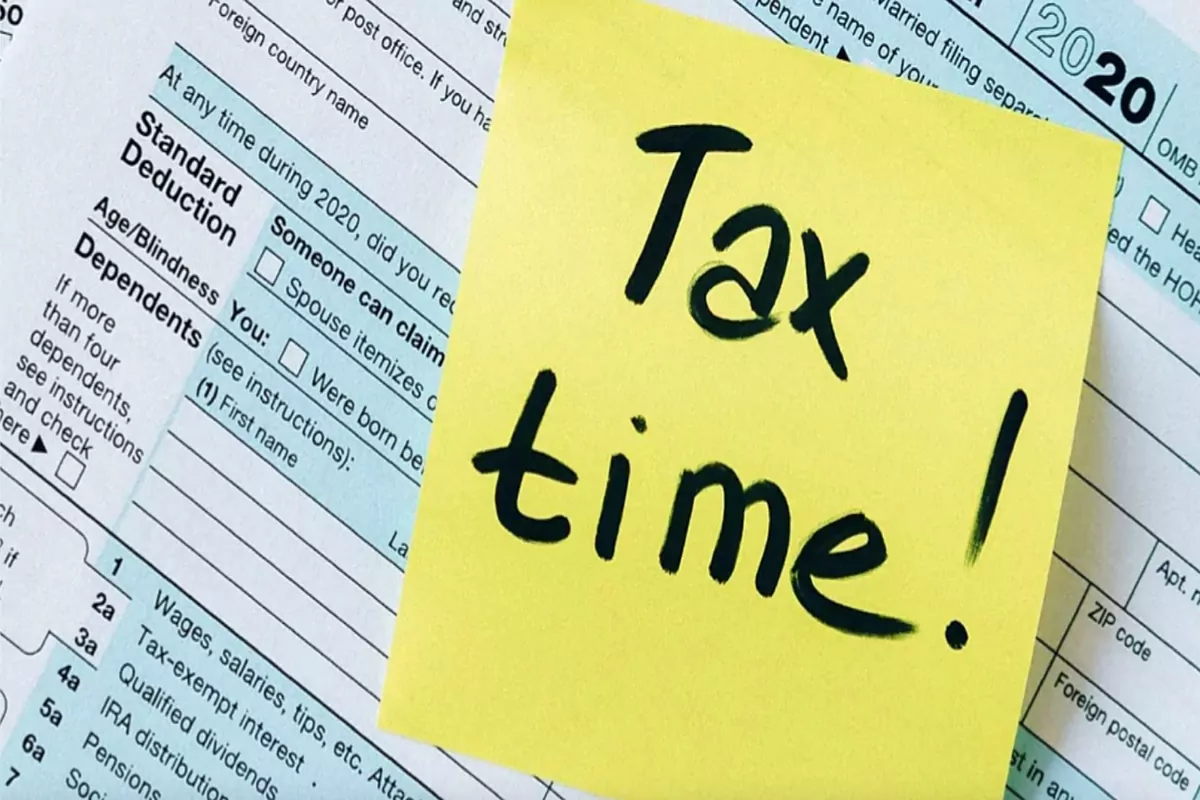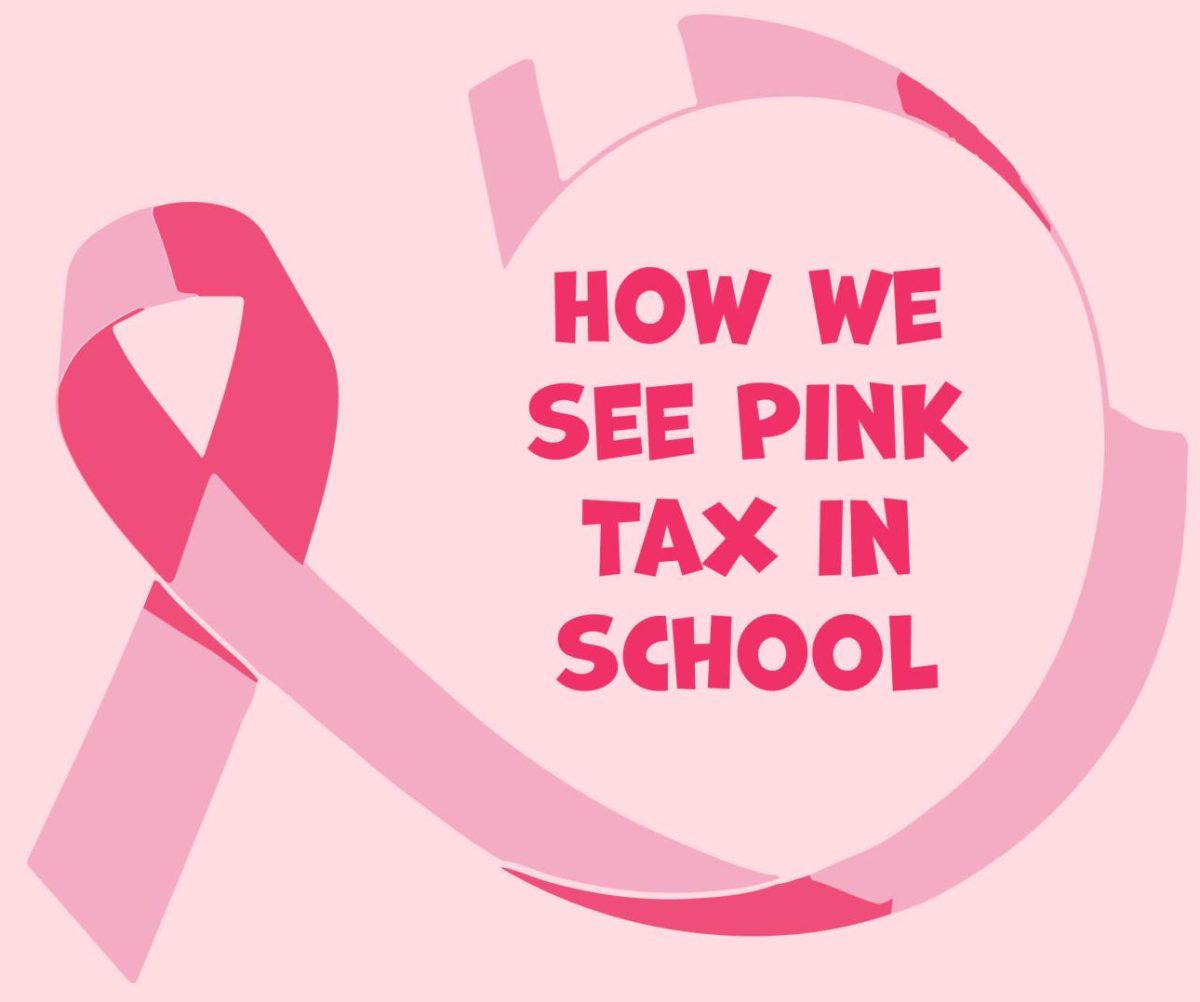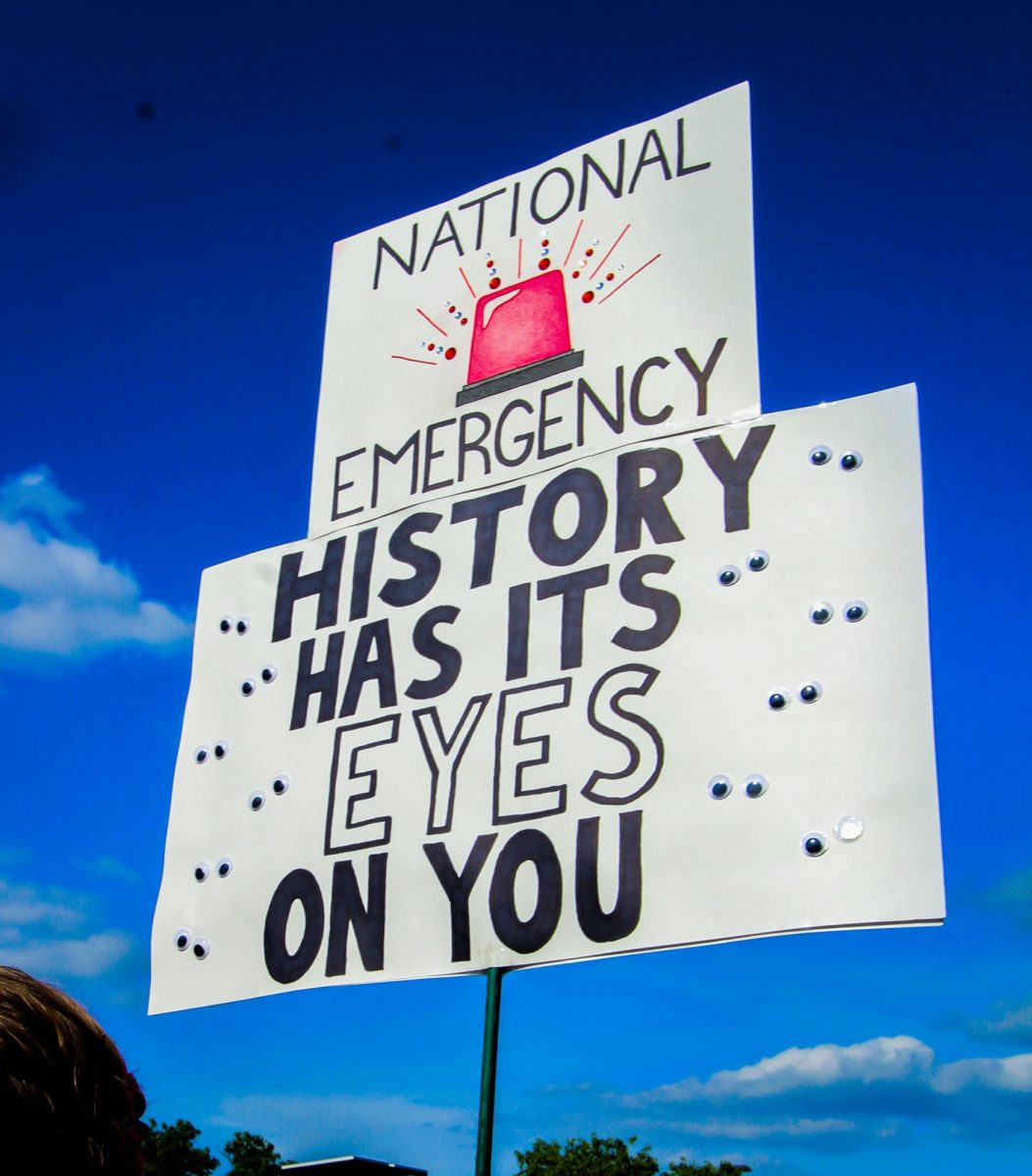Why do many women have to pay the school to get a menstrual product from a metal box? Every time a girl inserts the 10 cent, it gets stuck or does not contain the products they need in their daily lives or on public outings. The majority of women spend a certain amount of money each month on period products.
The precise amount of money can change based on the products they use, their personal preferences, and their menstrual flows. Between the ages of 12 and 52, the typical woman may spend $6,360, or about 13 dollars per month, on menstrual products, according to Research Medium.
The pink tax in American schools can have a significant impact on students, especially girls and women. The pink tax applies not only to menstrual products but also to razors, shampoo, dry cleaning, and haircuts. According to the National Women’s Law Center’s report, “The Pink Tax: A Comprehensive Review of Taxes on Feminine Hygiene Products,” the average woman will spend more than $9,000 on menstrual products in their lifetime. This can be a major stress for students who are already struggling to pay for necessary school supplies, such as textbooks.
The pink tax can manifest itself in various ways within schools. Pricing for school supplies and uniforms is one example. It has been shown that items marketed to girls, such as backpacks, notebooks, and pens, are frequently priced higher than their counterparts. Simply because they have feminine characteristics or are classified as “girly colors.”
Sports equipment is an example of the pink tax in schools, which can also contribute to the pink tax in schools. Some sports equipment or gear designed specifically for girls may be more expensive than those designed for boys.
Athletic shoes, protective gear, and female-specific uniforms are examples of such items. While deodorant, shampoos, and razors are basic and essential items for everyone, they are sometimes priced higher for women.
The pink tax financial consequence can hurt students’ academic performance and well-being. According to “Menstrual Absence and Academic Performance Among Adolescent Girls,” a study published in the Journal of Adolescent Health, girls who experience menstrual poverty (the inability to afford menstrual products) are more likely to miss school and have lower academic achievement. This has the potential to perpetuate the gender gap in education and limit opportunities for young women.
The pink tax may also have broader social consequences, promoting gender inequality and reinforcing harmful gender stereotypes. The government sends the message that women’s bodies and reproductive health are not valued or prioritized by taxing feminine hygiene products while exempting other essential items. This can contribute to a culture of gender discrimination and limit women and girls’ opportunities.Pink Tax Cover




















